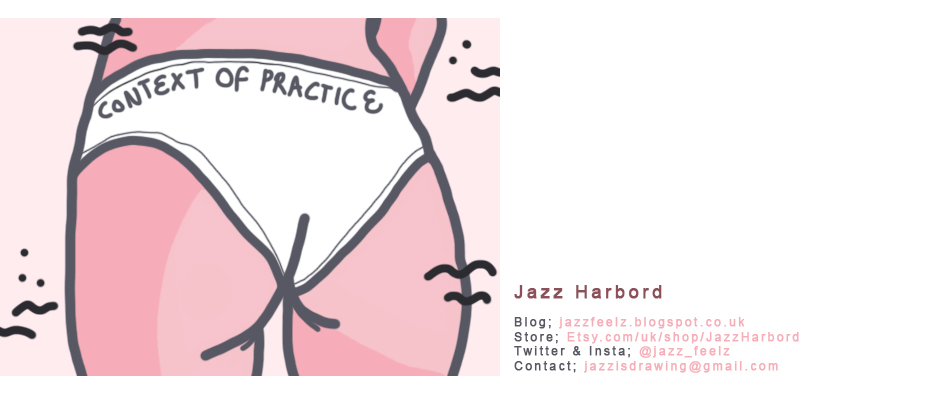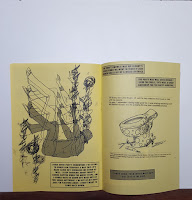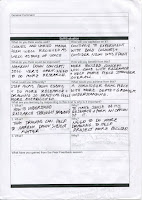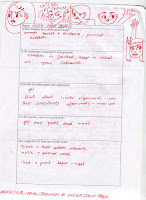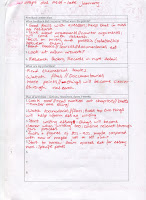End of module evaluation
OUIL501
Jasmin Harbord
This year I took my COP module in a very different direction
than 401. Whereas I focused primarily on illustration and image making in my
level 4 essay, this year the topics of my research were much more in the realms
of culture and society, with the illustrative investigation element coming
primarily from my own practical work. There were a number of obstacles that
came with this decision, but it is something I feel I have definitely learnt
from.
One of the issues that arose with this route of research was
that I felt a little like I was starting from scratch. Last year a large
portion of my essay was deduced from the analysis of visual illustration, but
this year it was largely through theory. Though that wasn’t a problem in
itself, there were times I wondered about the relevance of what I was
discussing to my course, and the completely new area of focus was a little
daunting. I think one of the things I have struggled with in this module is the
referencing of appropriate sources. While I feel towards the end of the module
in particular, my researching had been extensive; I felt as though maybe I
wasn’t translating the things I was learning and deducing as succinctly as I
could have done within my essay. This is something I definitely want to address
and get better at going into COP3, I think to continually revise my essay, and
source material, every few weeks would have been extremely beneficial and
ensured the consistency in appropriate and focused content. It would have also
left time at the end to tweak things I feel I simply didn’t allow for time to
do. The essay needs frequent and considered evaluation throughout the process
of writing, rather than patchy revisions over a long period of time.
Another point I feel I could have improved in my submission
was the way in which I documented my research. Rather than chipping away and
blogging sources as I came across them, I left a lot of it until the end,
resulting in a poorer quality of clear research. Though I responded to each of
my sources through annotation and contemplation of degree of relevance, I feel
I didn’t show this as successfully as I could have done if I’d have done it as
I went along.
Something I have learnt and to take away positively from this
module however, was the relationship between practical and theoretical
research. I feel like my essay did benefit a lot more once my practical
investigation was underway, and allowed for a more focused examination of my
subject matter. I’m also pleased with how I pushed my practical research to
represent something with depth rather than going for something that I felt just
illustrated my essay. While I knew I wanted to produce something of relevance
and depth, I initially found this very difficult to do. But through a
combination of persistent theoretical AND practical research, I was able to
delve deeper and make work that was focused and well informed. The practical
side of this project could never have developed as well as it did without the
theoretical input. And in a similar way, I felt a lot better informed going
back to my essay after I’d undergone further research for my publication. This
duality between theory and research is something that will become integral in
the summer work I produce in response to COP3 and I must remember to uphold
both methods of examination consistently.
Although I’ve struggled at times with this module, it is one
I’ve found to be very rewarding. I relished the practical side of this task and
getting some in depth content in my work is something I really enjoy. Focusing
on something that didn’t necessarily involve the arts world was a challenge,
but I feel as though my creative practice has benefited from it contextually!
I’d like to bring elements of this into my COP3 submission and really get to
grips with how the relationship between the visual arts and the cultural world
around it work in synergy.
